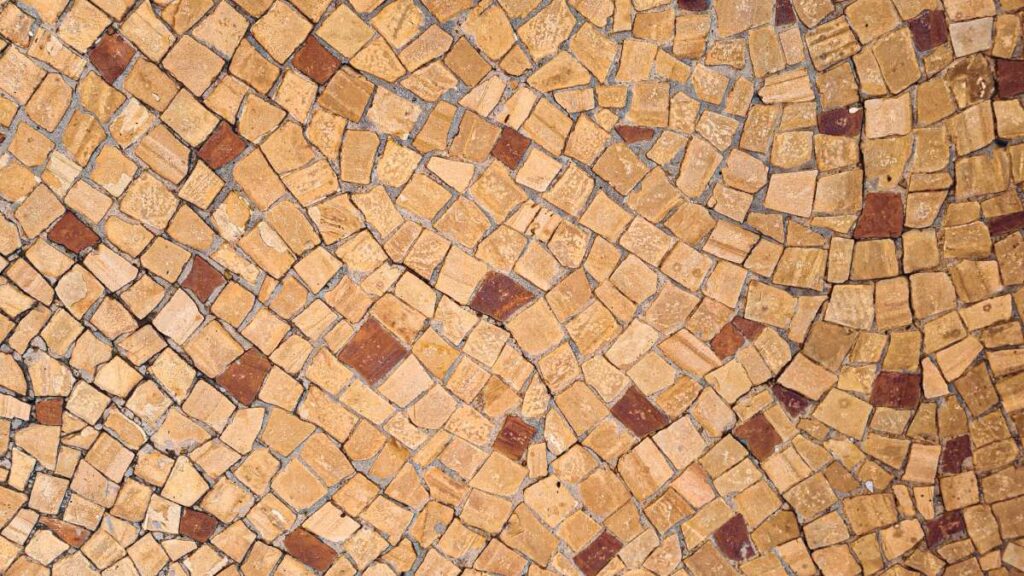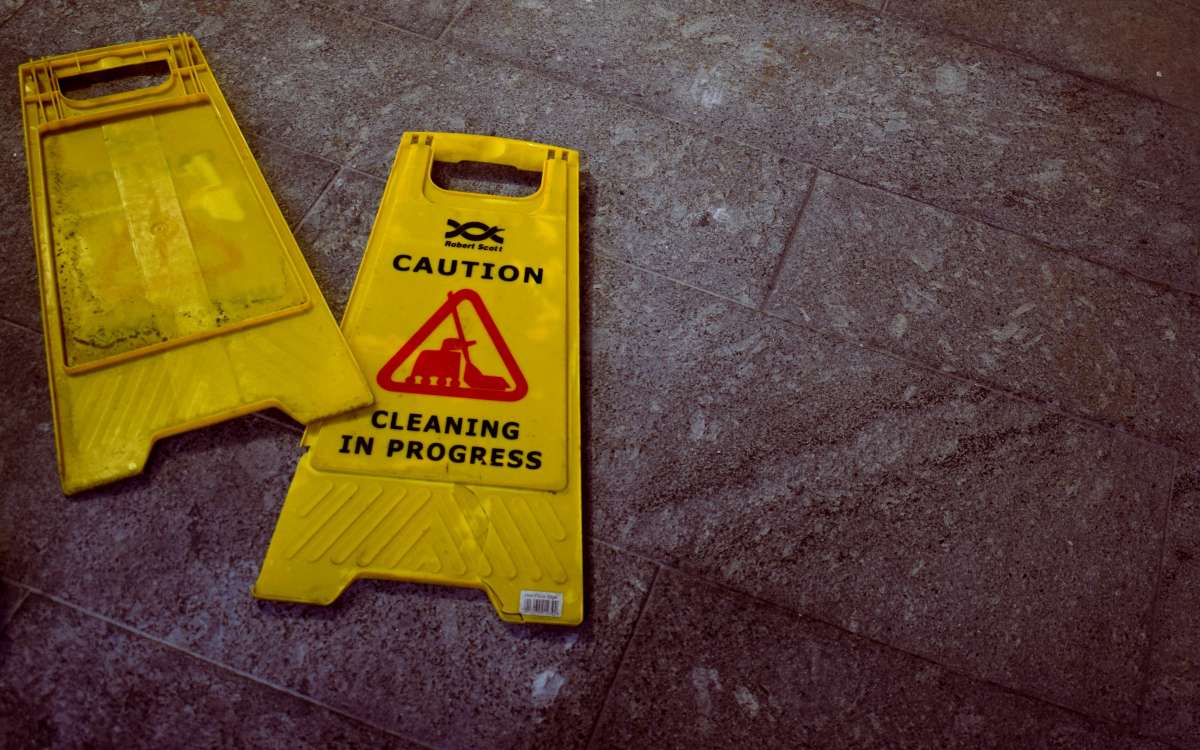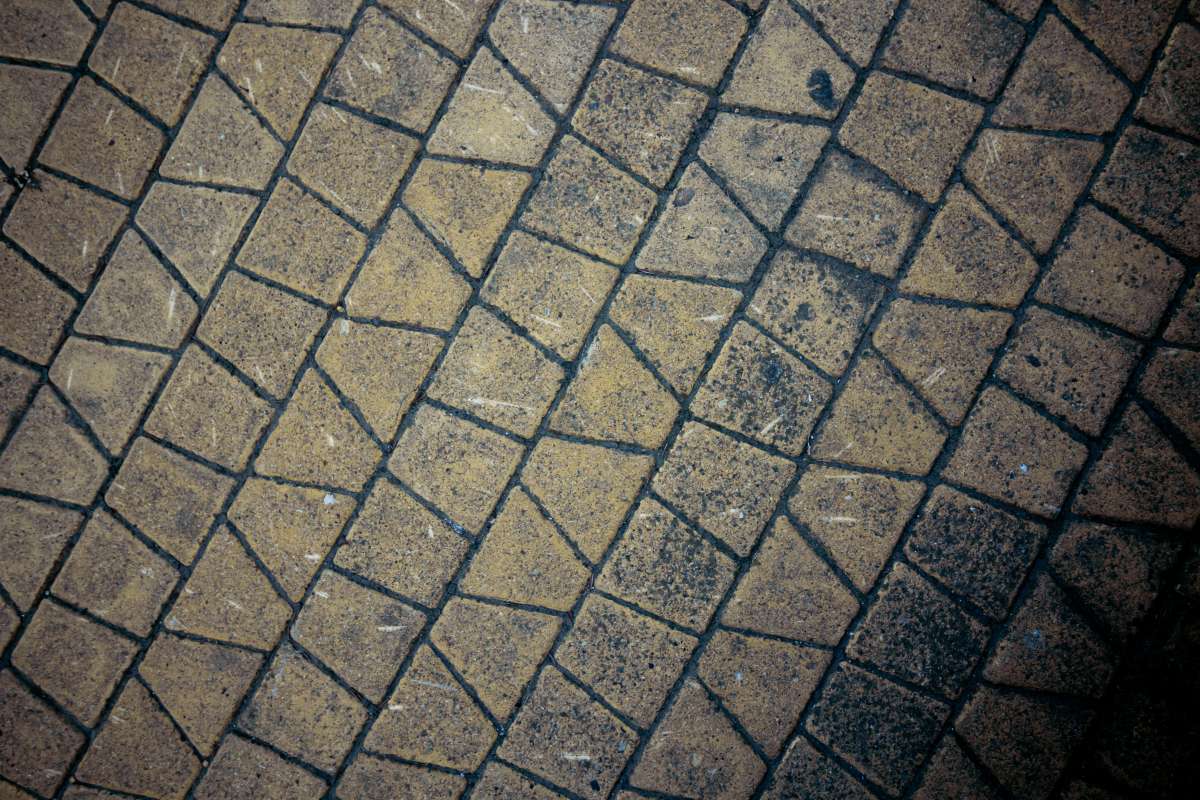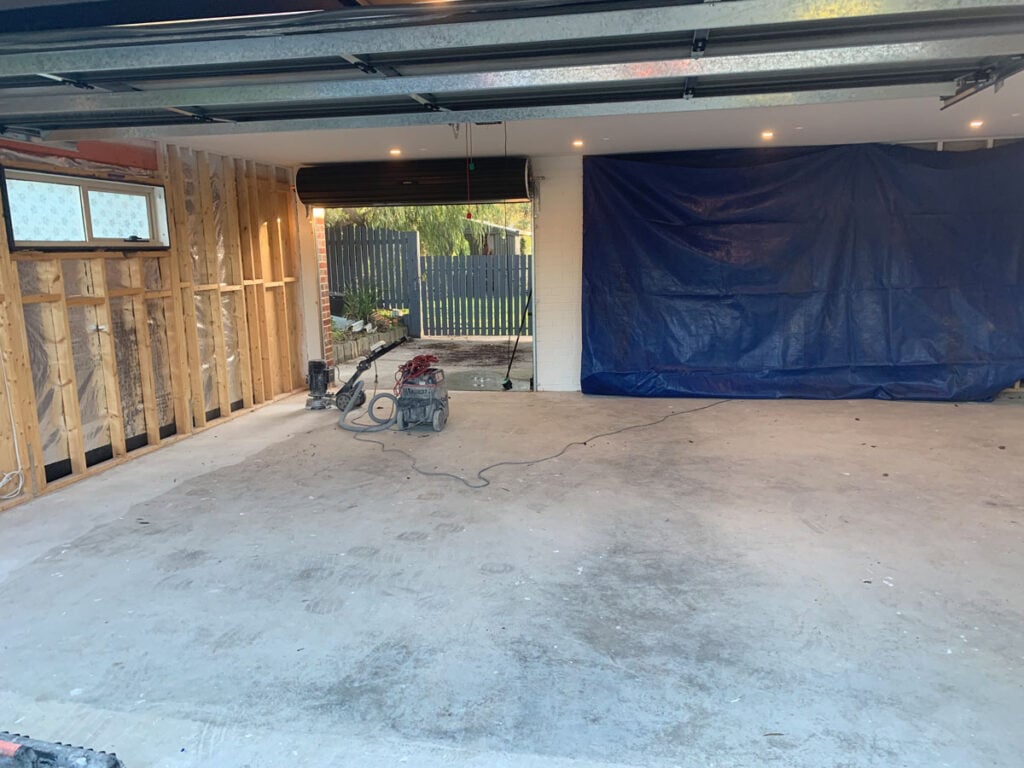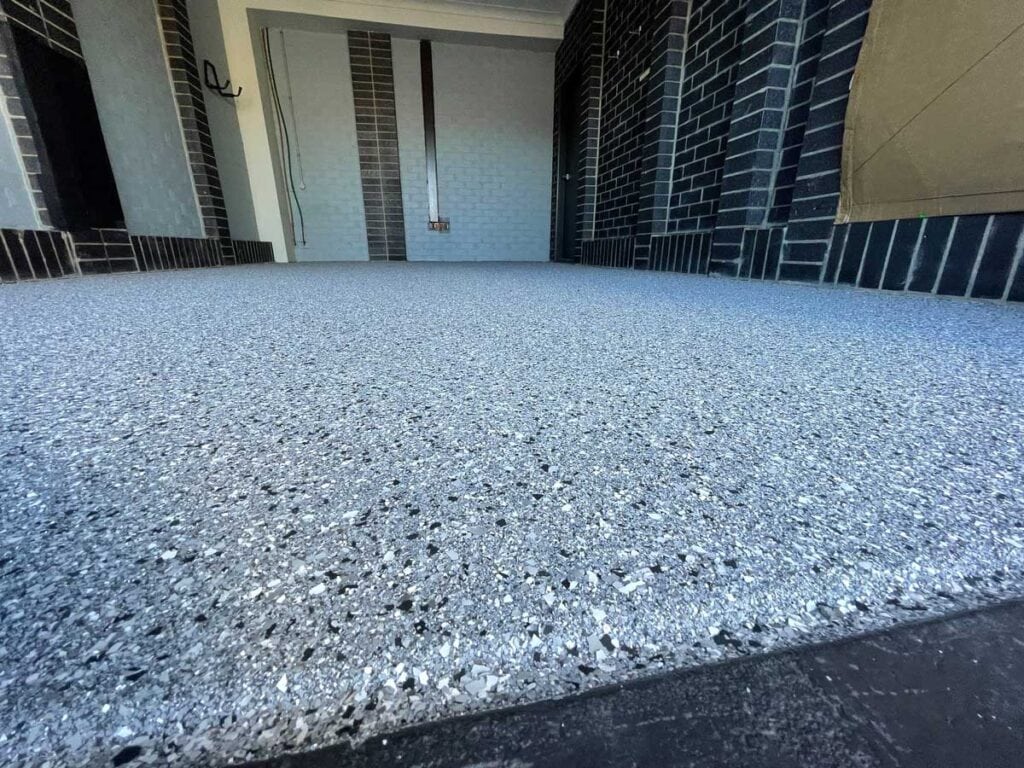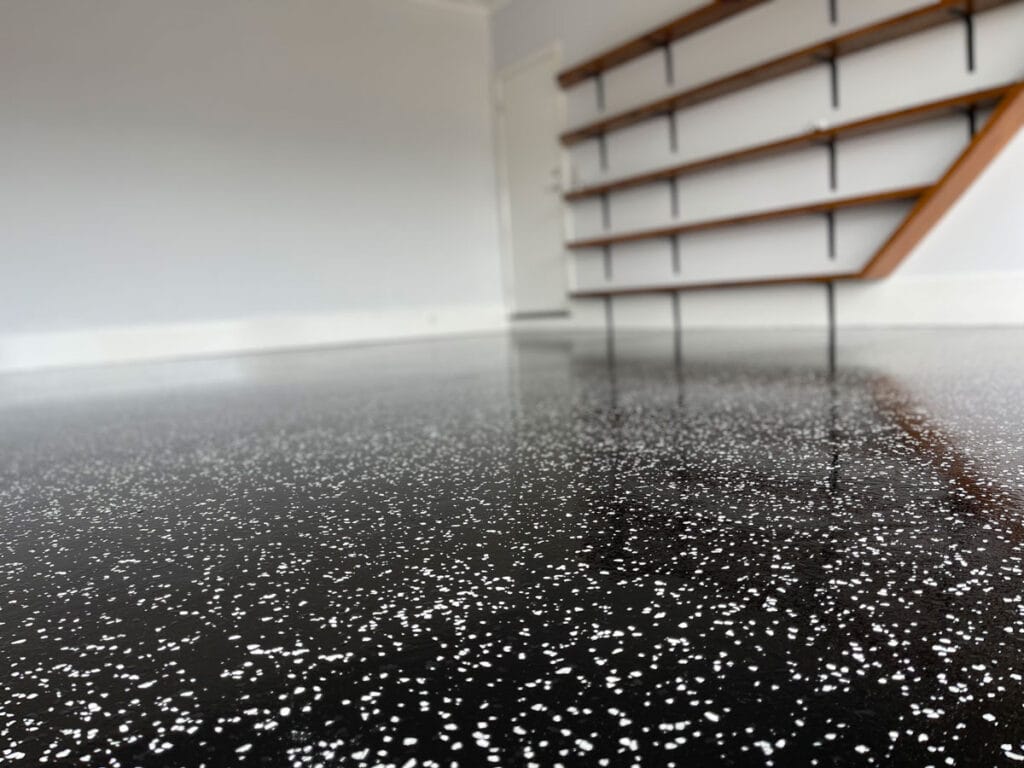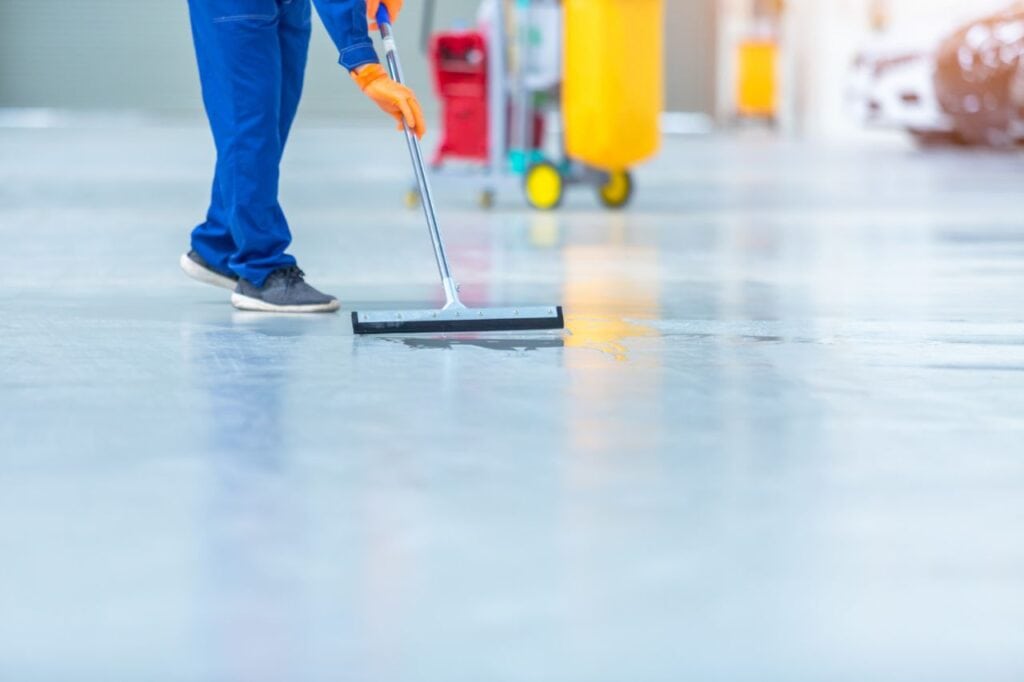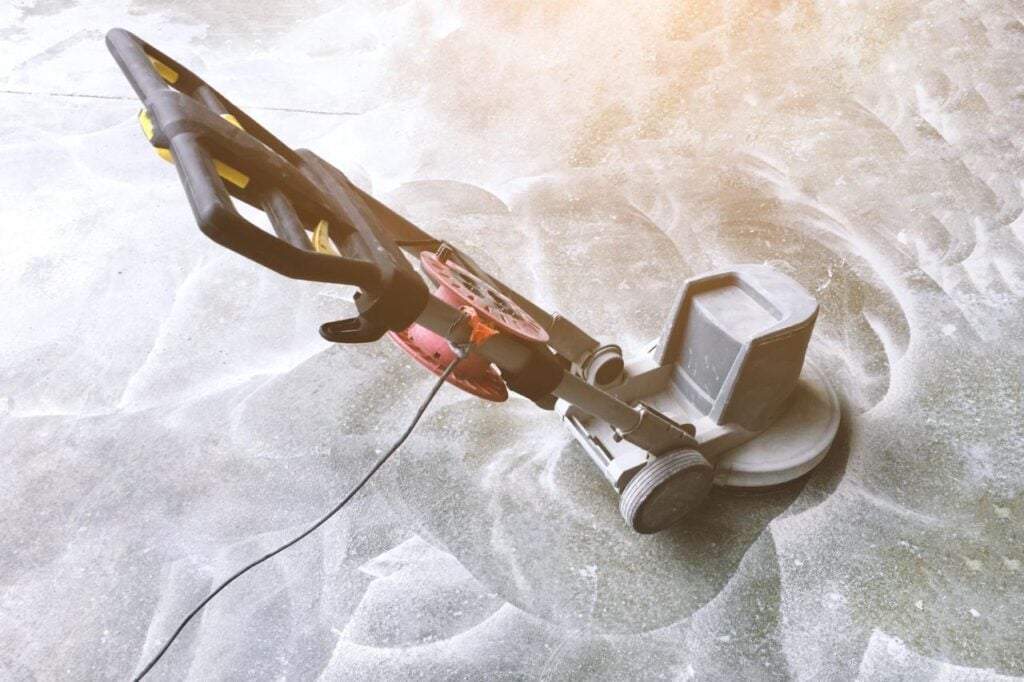It can be very rewarding to keep your brand new flooring looking and feeling like it did the day it was installed. However, deterioration due to time is unavoidable. Thankfully, with care, you can extend the life of your floor and keep it looking great for years to come. This is true even if you have a slate floor.
Slate flooring often responds well to standard tile and grout cleaners. The longevity of your floors and their appearance both depend on how often you clean them. The best way to keep this porous stone free of stains and general wear and tear is to seal the slate and grout joints.
To keep your slate floor in pristine condition, it is essential to regularly remove loose dirt and debris. Each step you take can cause tiny scratches in the tiles because these particles act like sandpaper and wear down the protective sealer. Regular use of a dust mop, broom, and damp mop can keep slate floors looking their best.
Slate is a strong stone, but it can be broken in a number of ways. Because of its porous nature, unsealed slate is particularly susceptible to staining and damage. But you've come to the right place if you're looking for advice on how to clean sealed slate floors.
Conclusion
Slate flooring is a natural stone with a smooth texture due to bonding small silt and clay particles under intense heat and pressure. To keep it free of stains and general wear and tear, it is essential to seal the slate and grout joints. Regular use of a dust mop, broom, and damp mop can keep slate floors looking their best. Slate is a strong stone, but unsealed slate is particularly susceptible to staining and damage. Slate tiles can enhance any space's style and visual appeal, making it stand out.
Slate tile floors are popular due to their durability and natural stone aesthetics. To maintain them, it is recommended to sweep or vacuum them regularly, mop the floor with a high-quality washable mop and water, and avoid using harsh or toxic cleaning products. To remove stains, household isopropyl rubbing alcohol can be used in conjunction with water and a sponge or cloth to scrub the stain gently. Hydrogen peroxide can also be used to make a cleaning solution. Before using a cleaning solution on slate tiles, test it on a small, inconspicuous area to ensure compatibility and avoid potential damage.
To clean slate floors, mix dish soap with warm water and test it on a small, inconspicuous area. Mop the floor with a clean mop or steam mop. If streaks appear, make a new cleaning solution and dry the surface with a dry towel. Regular cleaning is essential to maintain the cleanliness and appearance of any household flooring. Experts recommend daily sweeping or vacuuming to remove dirt and fine debris from the floor.
Spot-clean stains as soon as they occur to avoid permanent staining. To maintain the optimal appearance of slate floors, never use vinegar or other acidic cleaners, use clean tools, broom or dust, and mop frequently. To remove stains, create a solution by combining equal amounts of water and hydrogen peroxide in a spray bottle. To clean coloured grout, try shaving cream. To target dirty grout, apply grout cleaner with an old toothbrush.
Test any new cleaning product on a small area before applying it to the entire floor. Remove oil stains using absorbent materials such as kitty litter, baking soda and water, mineral spirits, brake fluid, or cat litter. If the stain is older, leave the litter in place for a few hours and vacuum the floor.
Content Summary
- Regular cleaning can extend the life of your slate floor and keep it looking great.
- Sealing the slate and grout joints helps in maintaining the floor's appearance and preventing stains.
- Regularly removing loose dirt and debris is essential to prevent scratches on the tiles.
- Unsealed slate is susceptible to staining and damage.
- Slate is a natural stone with a smooth texture, ideal for high-traffic areas.
- Slate comes in various colors and textures, adding to its visual appeal.
- Natural stone tiles like slate can enhance the style of any space.
- Sweep or vacuum the floors regularly to remove dust and dirt.
- Mop the floor using a washable mop and water, adding mild detergent if necessary.
- Harsh cleaners, acidic substances, and abrasive chemicals should be avoided.
- Isopropyl rubbing alcohol and hydrogen peroxide can be used to remove stains.
- Dish soap mixed with warm water is an effective cleaning solution for slate.
- Avoid walking on the floor until it has completely dried after mopping.
- Dry the surface with a towel to prevent water streaks.
- Regular cleaning is necessary to maintain the cleanliness and appearance of sealed slate floors.
- Promptly spot-clean stains to prevent permanent staining.
- Avoid using vinegar or acidic cleaners on slate floors.
- Use gentle tools to avoid damaging the flooring.
- Broom or dust the floor frequently to prevent dirt accumulation.
- Use a solution of water and hydrogen peroxide to remove stains on grout.
- Test shaving cream on colored grout before using it for cleaning.
- Apply grout cleaner with an old toothbrush for thorough cleaning.
- Test new cleaning products on a small area before applying them to the entire floor.
- Absorbent materials like kitty litter can remove oil stains from slate.
- Use baking soda paste or mineral spirits as alternatives for oil stain removal.
- Brake fluid can be sprayed on the slate floor to remove oily stains.
- Regular maintenance can ensure the longevity of slate floors.
- Take precautions to prevent water damage and stains.
- Avoid using abrasive scrub brushes that can damage the flooring.
- Use only clean tools to prevent transferring additional dirt while cleaning.
Frequently Asked Questions
It's best to clean your slate with water and mild detergent at least every two or three months, even if it doesn't appear dirty, to help avoid grimy buildup and staining.
Enhancing Sealer
If you don't want to leave your slate with its natural dull and chalky surface, you can use a sealer to brighten its colours. This can be achieved by using an enhancing sealer, adding some shine to the tile flooring and maintaining its wet look.
Slate is a common choice for indoor tiles because of its acid resistance and aesthetic appeal.
Mop your slate tile floor with a gentle cleanser. You can use a cleaning product specifically made to wash natural stone or any other cleaning solution that does not contain lemon or vinegar – preferably one that is pH neutral. Rinse with clean water and let it air-dry, or use a soft cloth.
Slate is a natural, aesthetically pleasing stone. It's strength and outstanding resilience make it one of the most durable and versatile roofing materials.
